31 Science-Backed Ways to Build Muscle Faster, No Gym Required
Tired of the relentless gym grind, the crowded spaces, and the monthly fees that feel like dead weight on your wallet? Good news: sculpting a seriously strong, defined physique doesn't require a single piece of fancy equipment or a step inside a commercial gym. It’s time to ditch the outdated notion that muscle growth is reserved for those who worship at the altar of barbells and treadmills. We’ve expanded our essential guide to 31 powerful, gym-free strategies that tap into your body's innate ability to build remarkable strength and size. Imagine achieving noticeable gains using nothing more than your own bodyweight, strategic nutrition, and the everyday environment around you. Forget the commute and the locker room; the real secret lies in mastering progressive challenges, fueling your body intelligently, and turning your world into your personal fitness playground. Ready to transform your physique on your own terms? Let's dive in.
1. Bodyweight Exercises: The Foundation of Home Workouts
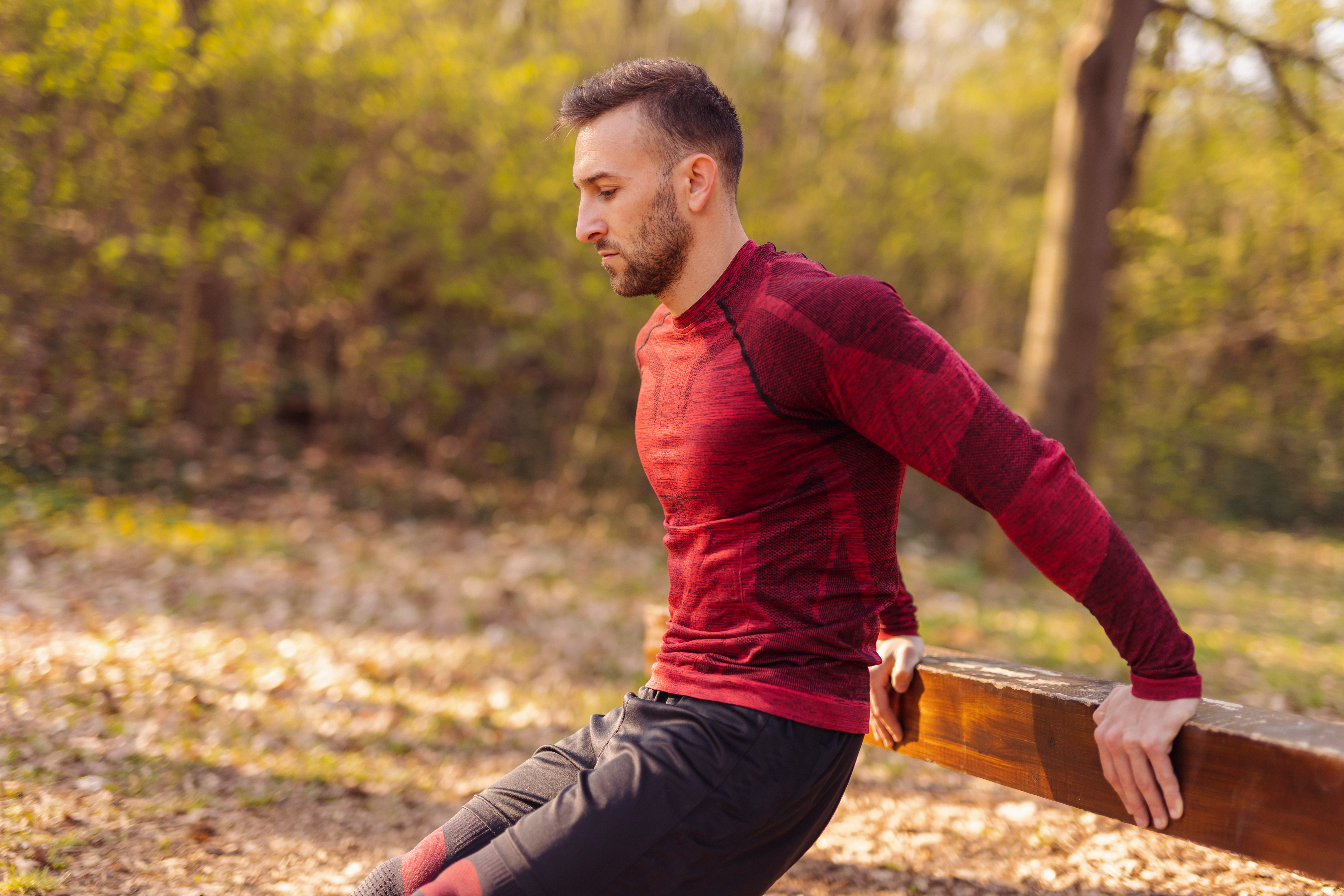
Bodyweight exercises are the cornerstone of muscle-building outside the gym. These exercises utilize your own body mass to create resistance, making them highly effective for developing strength and muscle. The beauty of bodyweight exercises lies in their versatility and accessibility; they can be performed anywhere, without the need for equipment. From push-ups and pull-ups to squats and lunges, these exercises target multiple muscle groups, providing a full-body workout that can be tailored to any fitness level. The key to maximizing muscle growth with bodyweight exercises is progressive overload, which involves gradually increasing the difficulty of the exercises as your strength improves. This can be achieved by manipulating variables such as the number of repetitions, sets, and rest periods, or by incorporating advanced variations of the exercises. For example, once standard push-ups become manageable, you can progress to decline push-ups or one-arm push-ups to further challenge your muscles. By consistently challenging your body, you stimulate muscle growth and prevent plateaus, ensuring continuous progress.
2. Resistance Bands: Portable Powerhouses
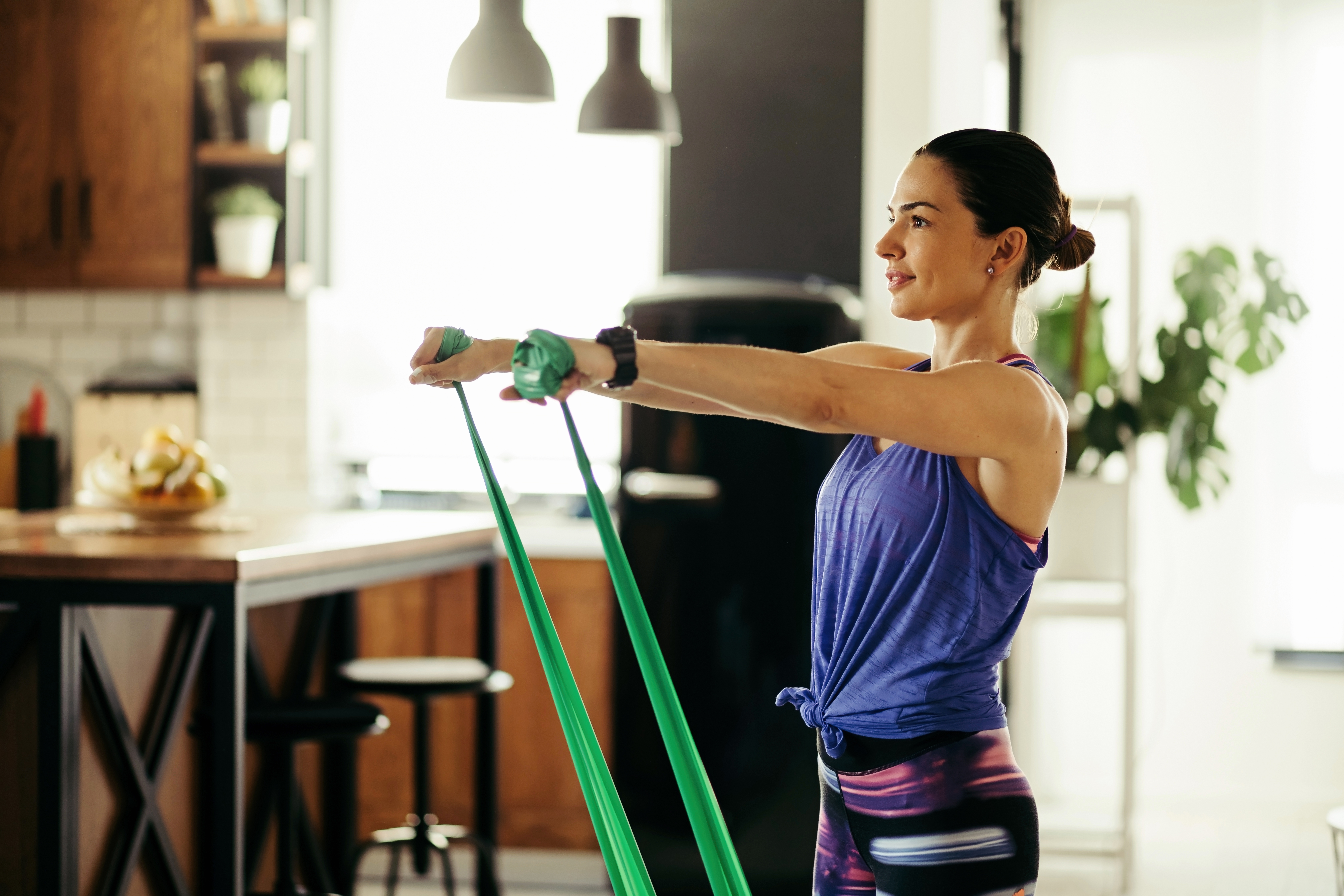
Resistance bands are an invaluable tool for those seeking to build muscle without a gym. These elastic bands provide adjustable resistance, allowing you to perform a wide range of exercises that target different muscle groups. Lightweight and portable, resistance bands can be used at home, in the park, or even while traveling, making them an ideal solution for maintaining a consistent workout routine. The varying levels of resistance offered by different bands enable you to customize your workouts to match your current strength and gradually increase the intensity as you progress. Incorporating resistance bands into your routine not only enhances muscle growth but also improves flexibility and joint stability. Exercises such as banded squats, rows, and chest presses engage multiple muscles simultaneously, promoting functional strength and coordination. Additionally, resistance bands can be used to complement bodyweight exercises, adding an extra layer of difficulty and variety to your workouts. By integrating resistance bands into your muscle-building strategy, you create a dynamic and adaptable fitness regimen that supports continuous growth and development.
3. Isometric Exercises: Harnessing Static Strength
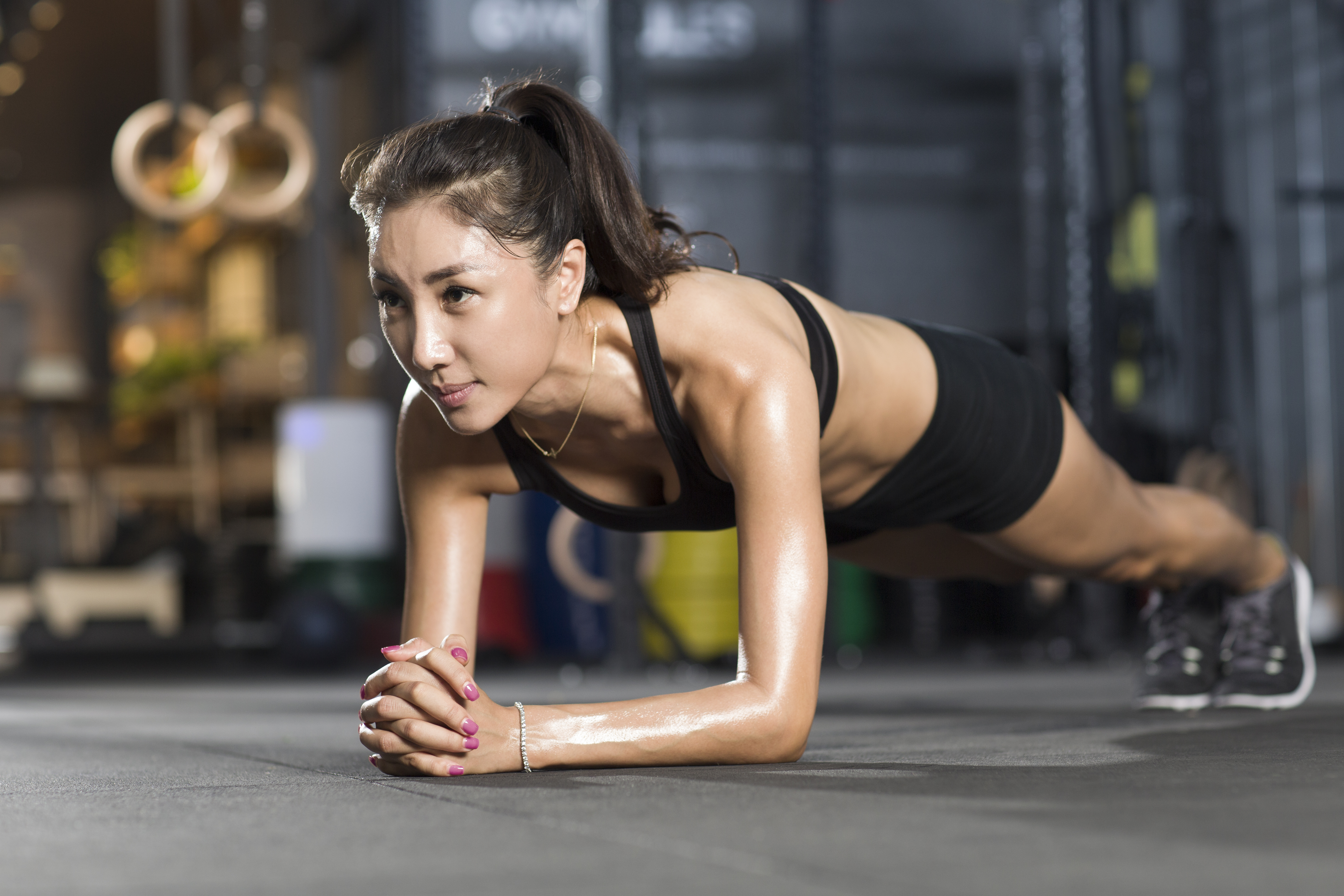
Isometric exercises are a powerful yet often overlooked method for building muscle without the need for a gym. These exercises involve holding a static position for a set period, creating tension in the muscles without changing their length. Isometric exercises can be performed anywhere and require no equipment, making them an ideal addition to your muscle-building arsenal. Common isometric exercises include planks, wall sits, and static lunges, each targeting different muscle groups and enhancing overall strength. The effectiveness of isometric exercises lies in their ability to increase muscular endurance and strength by engaging muscle fibers in a sustained contraction. This sustained tension promotes muscle hypertrophy and enhances the mind-muscle connection, which is crucial for maximizing muscle activation during other exercises. Incorporating isometric exercises into your routine not only diversifies your workouts but also improves your ability to maintain proper form and stability, reducing the risk of injury. By mastering these static strength exercises, you lay a solid foundation for rapid muscle growth.
4. Plyometrics: Explosive Power for Muscle Growth
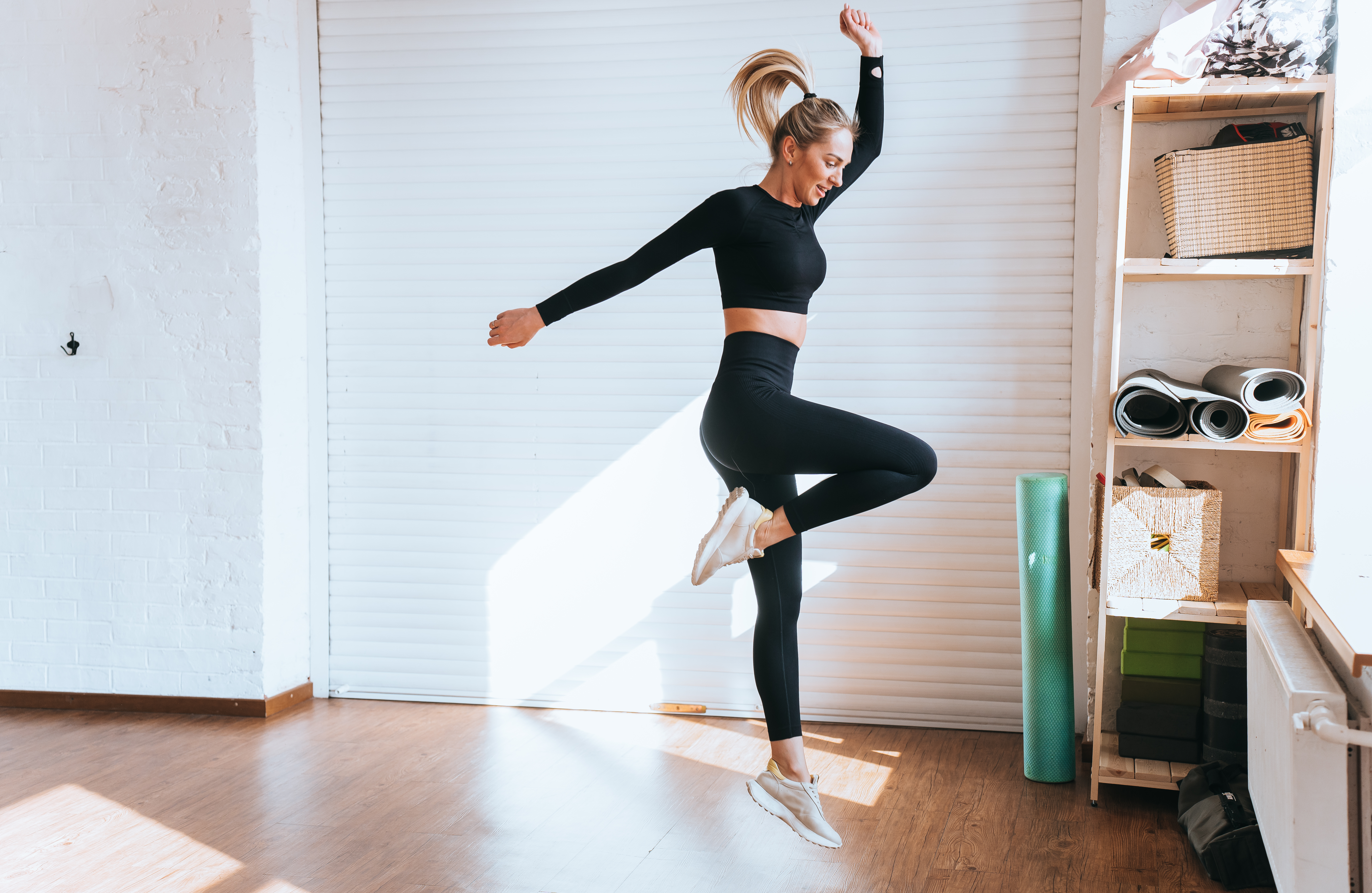
Plyometric exercises, also known as jump training, are a dynamic and effective way to build muscle and improve athletic performance without a gym. These exercises involve explosive movements that rapidly stretch and contract muscles, generating maximum force in a short period. Plyometrics not only enhance muscle strength and power but also improve coordination, agility, and cardiovascular fitness. Common plyometric exercises include jump squats, box jumps, and burpees, each offering a high-intensity workout that challenges both the muscles and the cardiovascular system. The key to incorporating plyometrics into your muscle-building routine is to focus on proper form and technique, ensuring that each movement is performed with control and precision. This not only maximizes the effectiveness of the exercises but also minimizes the risk of injury. Plyometric training can be tailored to suit any fitness level by adjusting the intensity, volume, and complexity of the exercises. By integrating plyometrics into your routine, you add an explosive element that accelerates muscle growth and enhances overall athleticism.
5. Nutrition: Fueling Muscle Growth from Within

Nutrition plays a crucial role in muscle growth, providing the essential building blocks and energy needed for repair and development. To build muscle without a gym, it is vital to focus on a diet rich in protein, healthy fats, and complex carbohydrates. Protein is particularly important, as it supplies the amino acids necessary for muscle repair and growth. Incorporating lean sources of protein such as chicken, fish, eggs, and plant-based options like beans and lentils can significantly enhance your muscle-building efforts. In addition to protein, healthy fats and carbohydrates are essential for providing sustained energy and supporting overall health. Foods such as avocados, nuts, whole grains, and vegetables should be staples in your diet, ensuring that your body receives the nutrients it needs to perform optimally. Hydration is also critical, as water supports muscle function and recovery. By prioritizing a balanced diet, you create an internal environment conducive to muscle growth, complementing your physical efforts with the necessary nutritional support.
6. Recovery: The Unsung Hero of Muscle Growth

Recovery is an often underestimated aspect of muscle growth, yet it is crucial for achieving optimal results. During recovery, the body repairs and strengthens muscle fibers, leading to increased muscle mass and improved performance. To facilitate effective recovery, it is important to prioritize rest, sleep, and active recovery practices. Ensuring adequate sleep each night allows the body to undergo essential repair processes, while rest days between workouts prevent overtraining and reduce the risk of injury. Active recovery practices, such as yoga, stretching, and light walking, promote blood circulation and help alleviate muscle soreness. These activities also enhance flexibility and mobility, supporting overall physical function and well-being. Incorporating recovery strategies into your muscle-building plan not only accelerates progress but also improves the sustainability of your efforts. By recognizing the importance of recovery, you create a balanced approach that fosters long-term muscle growth and health.
7. Mind-Muscle Connection: Enhancing Workout Effectiveness

The mind-muscle connection is a vital component of effective muscle-building, particularly when working out without a gym. This concept involves focusing on the muscles being targeted during an exercise, ensuring that they are fully engaged and activated. By enhancing the mind-muscle connection, you maximize muscle recruitment and improve the quality of your workouts, leading to greater gains in strength and size. To develop a strong mind-muscle connection, it is important to concentrate on proper form and technique during each exercise. Visualizing the muscles contracting and lengthening can help reinforce this connection, as can slowing down movements to emphasize control and precision. Breathing techniques also play a role, as they help maintain focus and ensure that the muscles receive adequate oxygen. By cultivating a strong mind-muscle connection, you enhance the effectiveness of your workouts and accelerate muscle growth.
8. Functional Fitness: Building Practical Strength

Functional fitness emphasizes exercises that mimic real-life movements, enhancing both strength and coordination in everyday activities. This approach to muscle-building is particularly beneficial when working out without a gym, as it relies on natural movements that can be performed anywhere. Functional exercises such as squats, lunges, and push-ups engage multiple muscle groups, promoting overall strength and stability. The benefits of functional fitness extend beyond muscle growth, as these exercises improve balance, flexibility, and endurance. By incorporating functional movements into your routine, you develop practical strength that translates to improved performance in daily tasks and activities. This holistic approach not only supports muscle growth but also enhances overall physical fitness and quality of life. By focusing on functional fitness, you create a well-rounded workout regimen that supports long-term health and vitality.
9. High-Intensity Interval Training (HIIT): Maximizing Efficiency
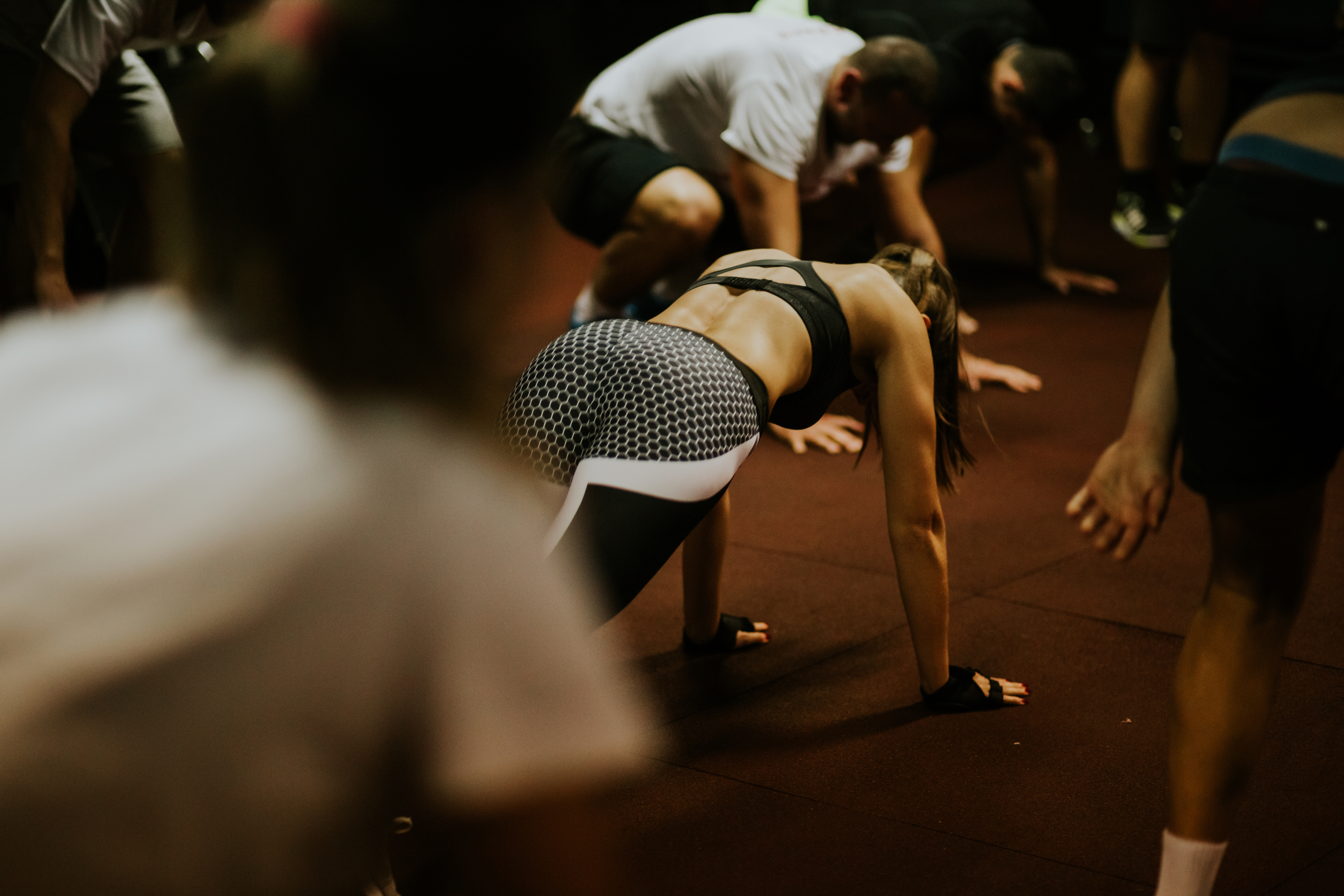
High-Intensity Interval Training (HIIT) is a time-efficient and effective method for building muscle and improving cardiovascular fitness without a gym. HIIT involves alternating between short bursts of intense exercise and periods of rest or low-intensity activity. This approach not only maximizes calorie burn but also promotes muscle growth by challenging the muscles to perform at maximum capacity. The versatility of HIIT allows it to be tailored to any fitness level, with exercises such as sprinting, jumping jacks, and burpees forming the foundation of a high-intensity workout. The short duration of HIIT sessions makes them ideal for those with busy schedules, ensuring that you can achieve significant results in a limited amount of time. By incorporating HIIT into your muscle-building strategy, you enhance both efficiency and effectiveness, accelerating progress and supporting overall fitness.
10. Technology and Apps: Digital Support for Muscle Growth

In the digital age, technology offers valuable tools for those seeking to build muscle without a gym. Fitness apps and online platforms provide access to a wealth of resources, including workout plans, instructional videos, and progress tracking features. These tools enable you to create a personalized fitness regimen that aligns with your goals and preferences, ensuring that you stay motivated and accountable. Many apps also offer virtual coaching and community support, providing guidance and encouragement as you work towards your muscle-building objectives. By leveraging technology, you gain access to expert advice and a supportive network, enhancing your ability to achieve rapid muscle growth. The convenience and accessibility of digital resources make them an invaluable component of a modern muscle-building strategy, complementing your physical efforts with the power of technology.
11. Outdoor Workouts: Nature as Your Gym

The great outdoors offers a unique and invigorating environment for building muscle without a gym. Outdoor workouts allow you to take advantage of natural elements such as hills, trees, and open spaces to create challenging and dynamic exercises. Activities like hiking, trail running, and calisthenics in the park provide a full-body workout that engages multiple muscle groups and enhances cardiovascular fitness. Exercising outdoors also offers mental health benefits, as exposure to nature has been shown to reduce stress and improve mood. The change of scenery and fresh air can reinvigorate your workout routine, providing a welcome break from the confines of indoor exercise. By incorporating outdoor workouts into your muscle-building plan, you create a diverse and enjoyable fitness regimen that supports both physical and mental well-being.
12. Master Progressive Overload (Weights Optional!)
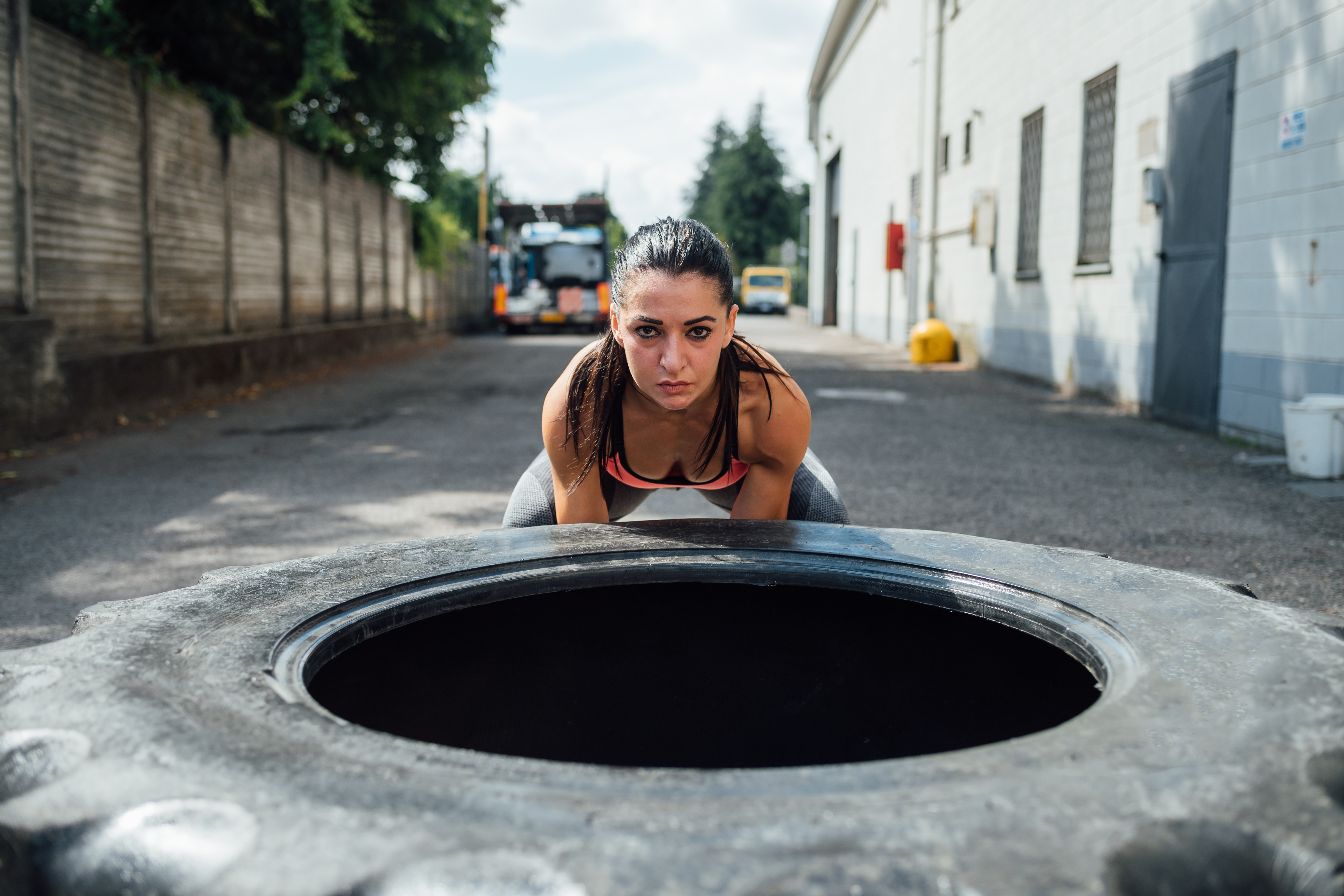
Simply doing the same bodyweight routine won't build muscle long-term. The key is progressive overload. Without adding plates, how? Increase reps/sets, decrease rest time between sets, slow down your movements (see TUT below), choose harder exercise variations (e.g., incline push-ups to flat push-ups to decline push-ups), or increase workout frequency. You must consistently challenge your muscles more than they're used to, forcing them to adapt and grow stronger, even without external weights.
13. Exploit Time Under Tension (TUT): Make Easy Feel Hard

Want to make a simple push-up feel brutal? Slow it down! Time Under Tension refers to how long your muscles are actively working during a set. Instead of rushing through reps, consciously take 3-4 seconds to lower yourself (eccentric phase), pause briefly, and take 2-3 seconds to push up (concentric phase). This increased TUT dramatically increases metabolic stress and muscle fiber recruitment, stimulating growth even with lighter resistance like bodyweight. Apply this tempo control to squats, lunges, rows etc.
14. Go Unilateral: Double the Challenge on One Limb
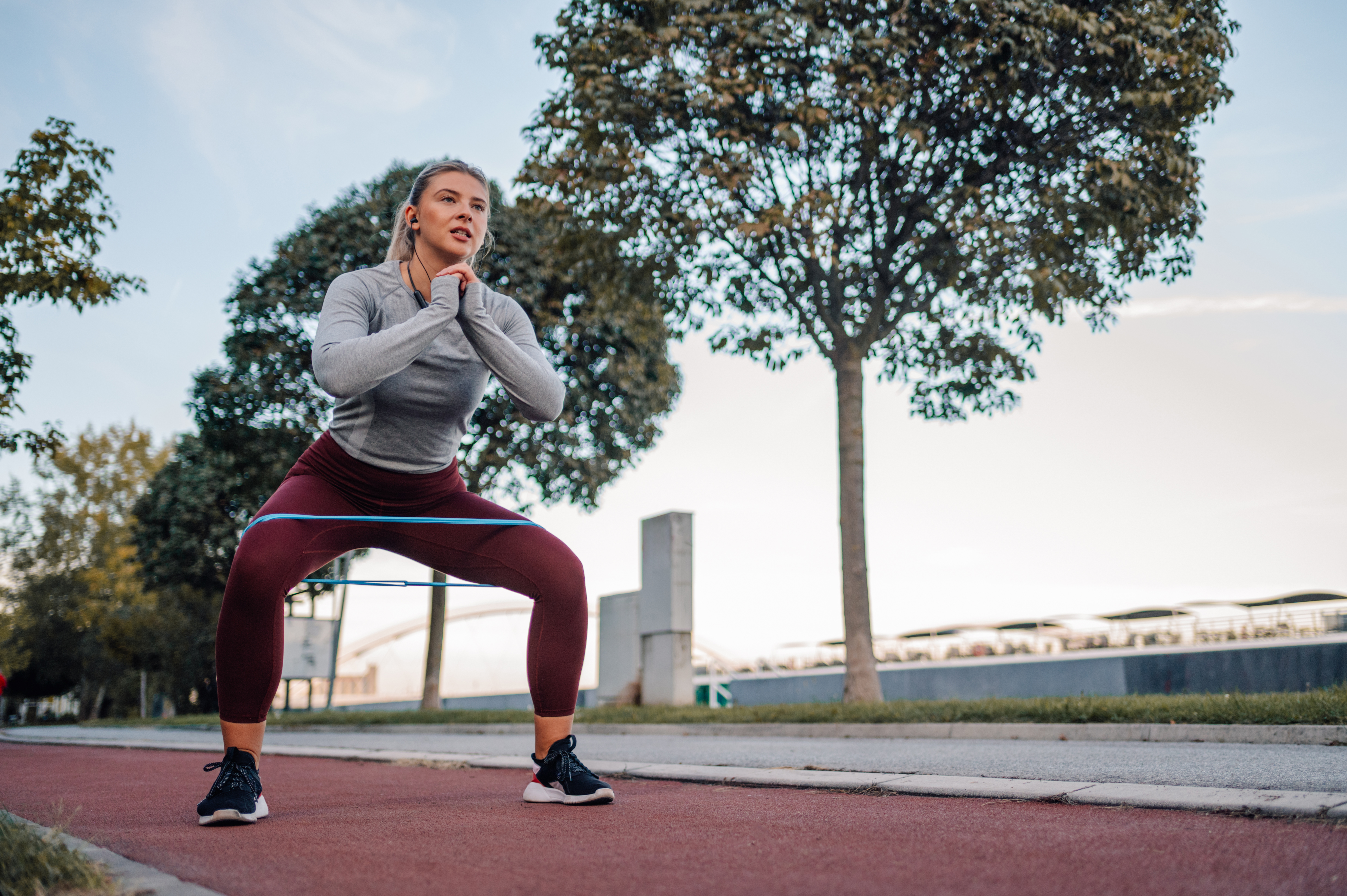
Training one side of your body at a time (unilateral training) is a fantastic way to increase intensity without adding weight. Think pistol squats (one-legged squats), single-leg Romanian deadlifts, archer push-ups, or one-arm rows using a resistance band or sturdy towel looped around an anchor. This instantly makes the exercise harder, challenges your balance and core stability, helps identify muscle imbalances, and forces greater muscle activation on the working side, driving significant strength and growth.
15. Hack Your Home for Makeshift Weights

Your house is full of potential weights! Fill a sturdy backpack with books, water bottles, or sandbags for added resistance during squats, lunges, or push-ups. Use large water jugs or detergent bottles for curls, rows, or overhead presses. A sturdy chair or bench enables dips, step-ups, and Bulgarian split squats. Even a simple towel can be used with a partner or anchor point for intense pulling/rowing exercises. Get creative and safely add load using everyday objects.
16. Invest in a Suspension Trainer (TRX, etc.)
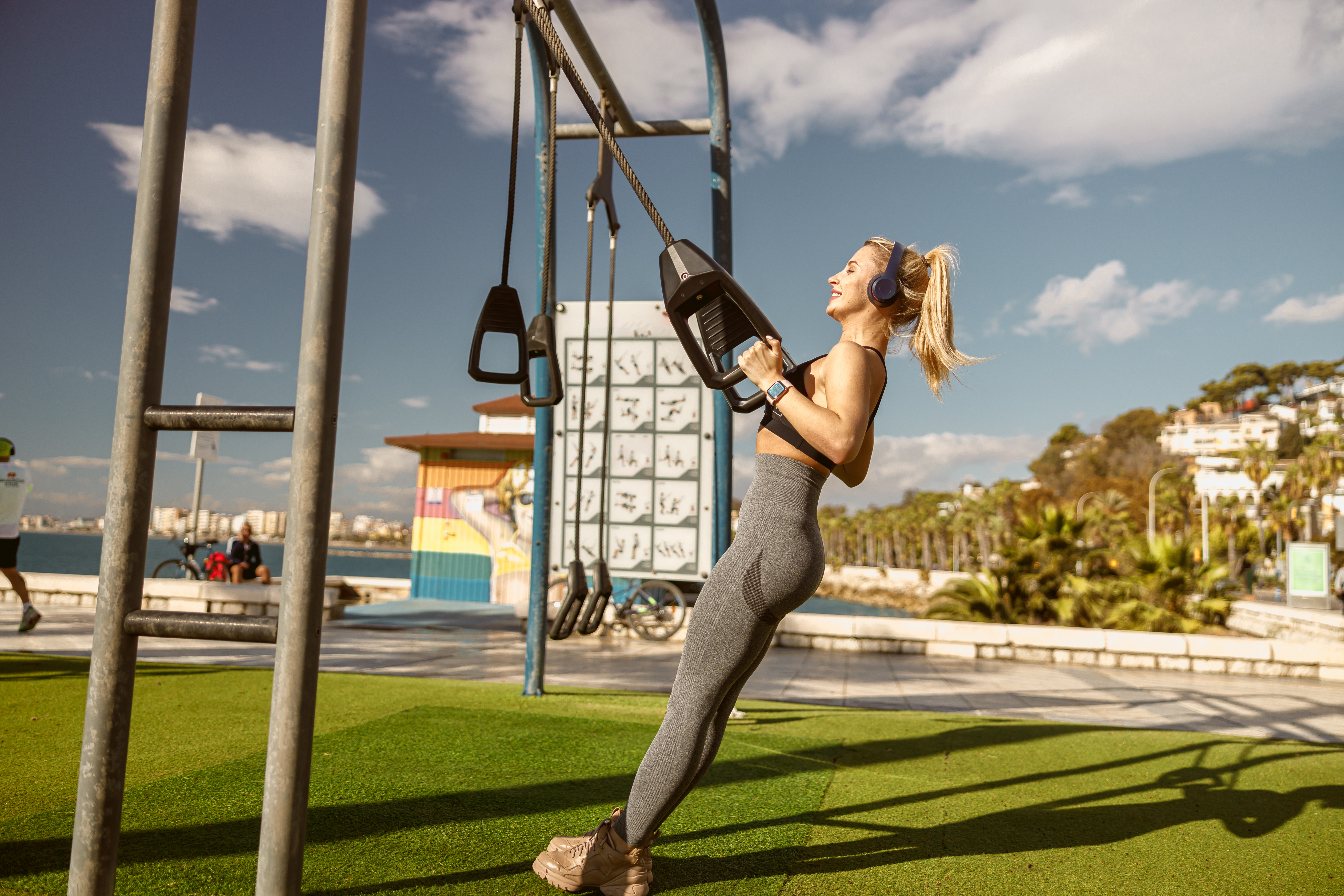
While technically equipment, suspension trainers are portable, versatile, and use your bodyweight as resistance, making them perfect for gym-free training. By simply changing your body angle relative to the anchor point, you can instantly make exercises like rows, chest presses, squats, and hamstring curls easier or incredibly challenging. They allow for a huge range of exercises targeting every muscle group, providing a full-body workout system you can anchor almost anywhere (doorframe, tree branch, playground bar).
17. Nail Nutrient Timing for Growth & Recovery

What you eat around your workouts matters, even at home. Consuming a combination of protein and carbohydrates within an hour or two after your training session helps kickstart muscle repair and replenish energy stores (glycogen). Aim for around 20-30g of protein post-workout. Similarly, having some easily digestible carbs beforehand can fuel your performance. While total daily intake is key (#5), strategic peri-workout nutrition gives your body the immediate resources needed to build muscle effectively from your gym-free efforts.
18. Prioritize Mobility & Active Recovery
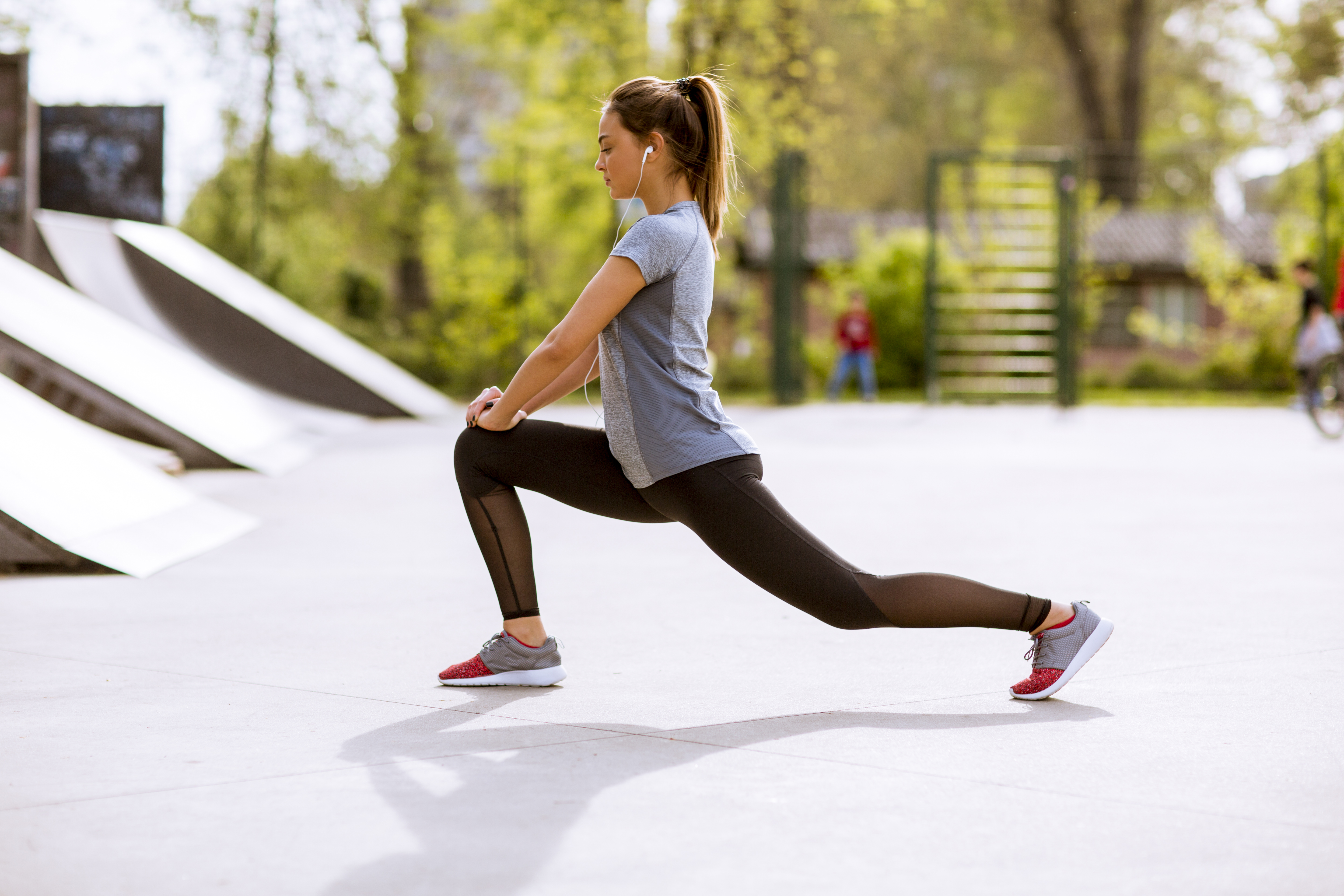
Muscle growth isn't just about the workout; it's about recovery and movement quality. Dedicate time on rest days (or post-workout) to active recovery. Use a foam roller or massage ball to release muscle tightness and improve blood flow. Incorporate dynamic stretching before workouts and static stretching or yoga afterwards to maintain flexibility. Good mobility allows you to perform exercises through a full range of motion, activating more muscle fibers and preventing injury, ultimately supporting better growth.
19. Chase Calisthenics Skills: Muscle as a Byproduct
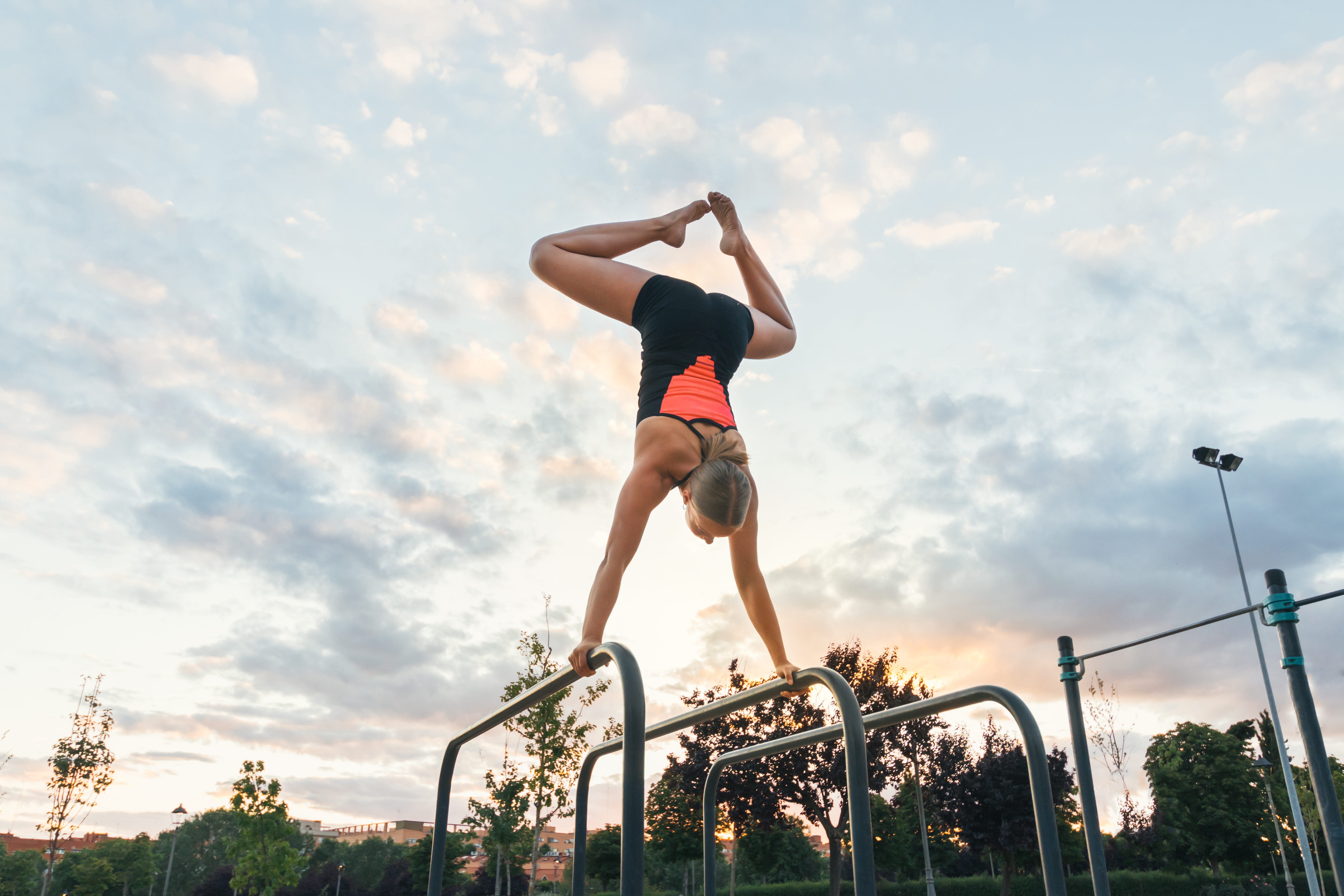
Shift your focus from just reps to mastering impressive bodyweight skills. Working towards goals like achieving a handstand push-up, a muscle-up (on rings or a bar), a front lever, or a planche inherently requires building significant functional strength and muscle mass across your upper body and core. The journey of progressing towards these skills provides constant challenge and motivation, with noticeable muscle gain being a fantastic "side effect" of your dedication to mastering complex movements using only your bodyweight.
20. Track Every Rep: Your Progress Journal is Key

How do you ensure progressive overload (#12) if you don't track what you did last time? Keep a simple workout journal (notebook or app). Log the date, exercises performed, sets, reps achieved, rest times, and TUT if applicable. This allows you to clearly see your progress and deliberately aim to do slightly more next time (one more rep, slightly less rest, harder variation). Without tracking, you're just guessing, potentially stagnating without realizing why. Diligent tracking is crucial for consistent gym-free gains.
21. Focus Relentlessly on Compound Movements

Maximize your efficiency by prioritizing compound exercises – movements that work multiple muscle groups simultaneously. Think variations of squats, lunges, push-ups, pull-ups (if you have a bar or use outdoor structures), dips, and rows (using bands or household items). While isolation exercises have their place, compound movements provide the most muscle-building stimulus in the least amount of time, making them the cornerstone of effective and efficient gym-free strength training routines.
22. Leverage Your Furniture for Advanced Holds & Negatives

Don't just sit on your couch; use it for gains! Your sturdy furniture can become a potent tool for advanced bodyweight work. Think about performing eccentric-focused (negative) push-ups by lowering yourself slowly onto the edge of a sturdy coffee table or bed, then pushing back up from your knees. Or, position your feet under a heavy dresser or couch for Nordic hamstring curls, an incredibly challenging exercise for leg strength. Even holding inverted rows under a sturdy dining table can provide immense back stimulation. Your home is full of structural allies – just ensure stability and safety before you begin.
23. The "Grease the Groove" Method: Volume Without Fatigue

Forget the traditional "sets and reps till failure." "Grease the Groove" (GtG) is a strength-building technique focused on high frequency and low effort. Instead of one long workout, you perform many mini-workouts throughout the day, never going to failure. For example, if you can do 10 push-ups, you might do sets of 3-5 every hour. This practice strengthens neural pathways, improving your efficiency at a movement without causing significant muscle damage, leading to rapid strength and subsequent muscle gains. It’s perfect for busy days and consistent progress without burning out.
24. Incorporate Isometrics with Household Objects
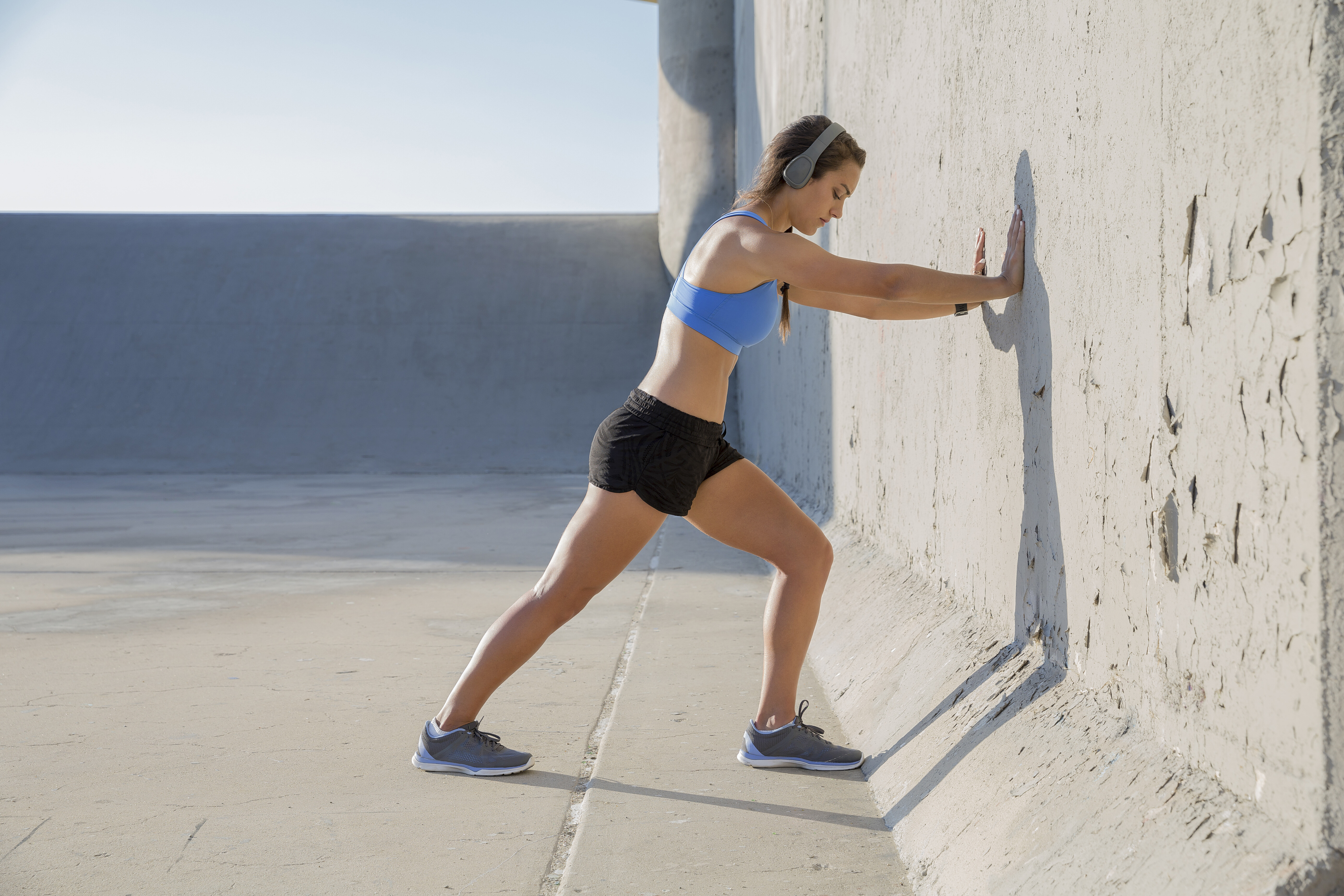
We mentioned general isometric exercises, but let's get specific with household objects. Want to build powerful shoulders? Push up against a door frame or solid wall as hard as you can for 10-20 seconds. Need chest strength? Press your hands together as forcefully as possible, focusing on pectoral contraction. For leg power, try pushing down against a sturdy table or chair while seated. These create immense, targeted tension, recruiting maximum muscle fibers even without movement. Remember to breathe through the hold and apply maximum force safely.
25. The Power of Sandbags (DIY or Purchased)
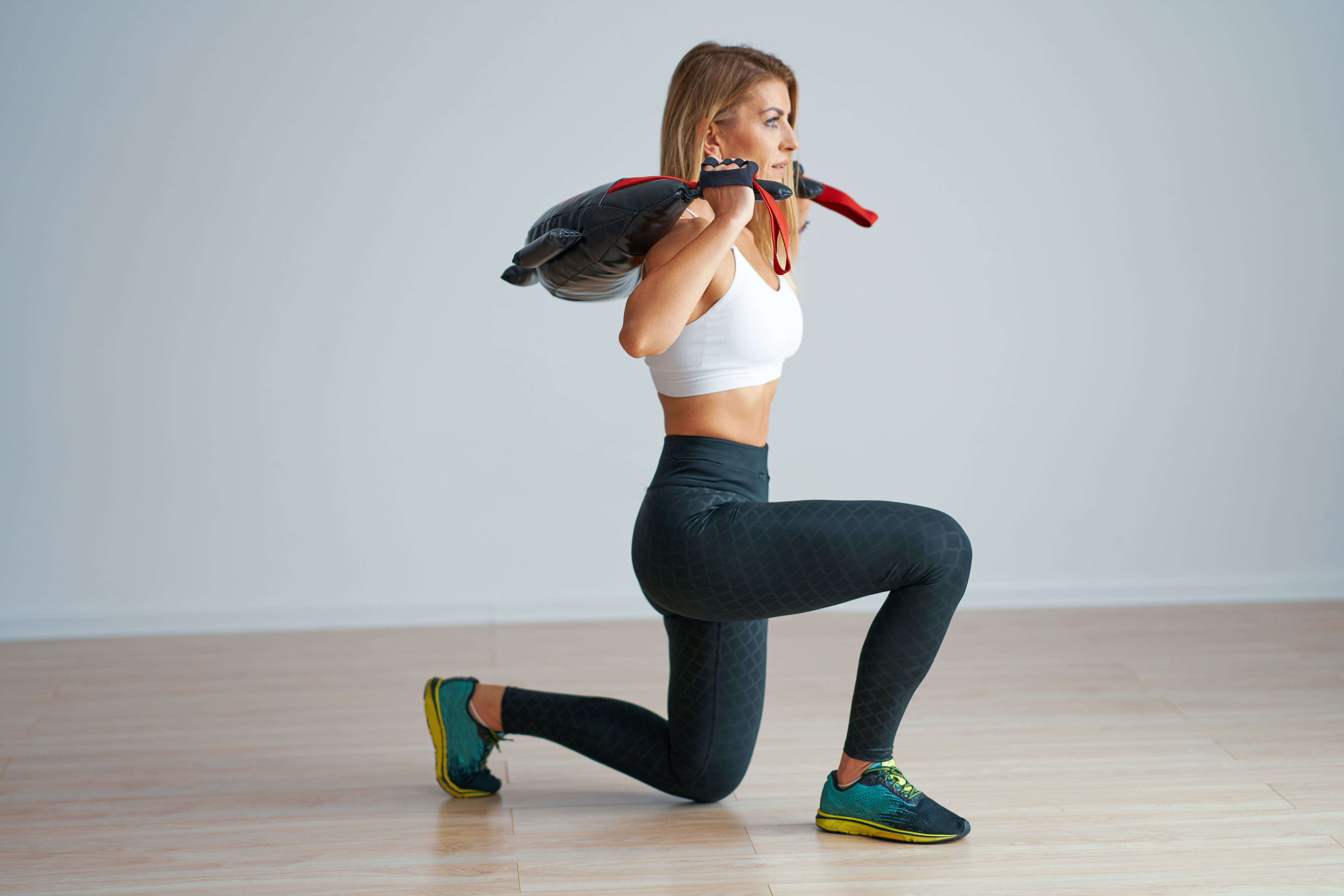
Sandbags are the ultimate minimalist's resistance tool. Unlike rigid weights, the shifting sand inside provides an unstable, dynamic challenge that recruits more stabilizing muscles. You can easily make one with heavy-duty garbage bags and play sand, then put it inside a duffel bag or old backpack. Use it for carries, squats, lunges, rows, or even overhead presses. The awkwardness forces your body to work harder, building incredible functional strength and muscle that traditional weights often miss. They're cheap, versatile, and pack a serious punch.
26. Implement Micro-Progressions for Consistent Gains

When standard progressions feel too big a jump, use micro-progressions. This involves tiny, incremental increases in difficulty that keep you moving forward. Can't do a full pistol squat? Instead of just doing regular squats, try supporting yourself with one finger on a wall. Once that's easy, reduce to just touching the wall lightly. Then progress to one finger, then no fingers. This principle applies to all exercises: change your angle slightly, reduce rest by 5 seconds, or add just one more rep. These small victories accumulate into significant muscle over time.
27. Leverage Deficit Training with Elevated Surfaces
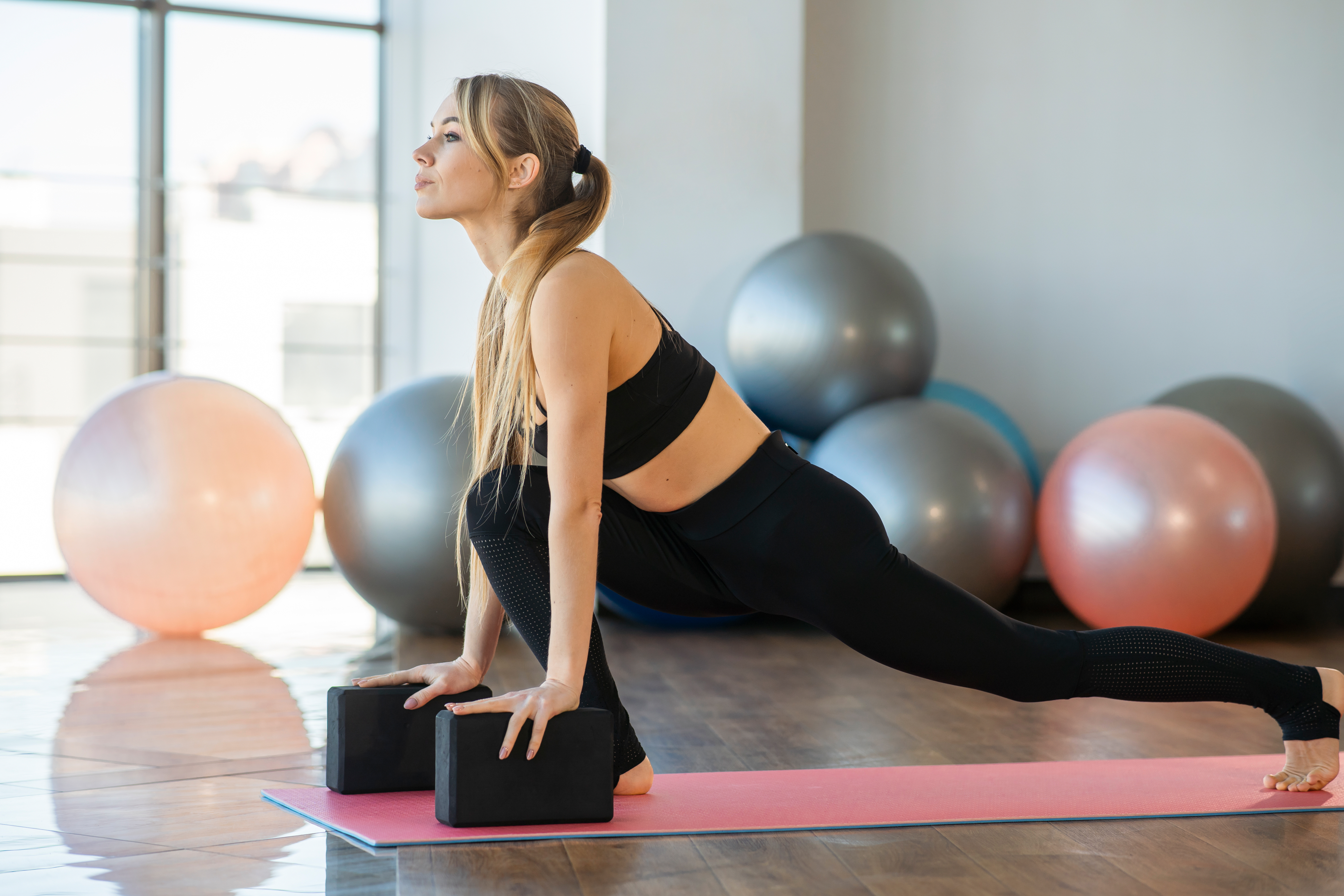
Want a deeper stretch and greater range of motion, which can lead to more muscle growth? Use elevated surfaces for deficit training. Perform push-ups with your hands on yoga blocks or sturdy books to allow your chest to go lower than your hands, increasing the stretch on your pectorals. Similarly, elevate your feet on a step for squats or lunges to increase the range of motion. This extended eccentric phase creates more muscle damage and stimulates greater adaptation, leading to impressive gains.
28. Harness the Power of Active Recovery Walks

Beyond basic rest, active recovery is crucial. A brisk, purposeful walk for 20-30 minutes on your "off" days isn't just for cardio. It increases blood flow to sore muscles, helping to flush out metabolic byproducts and deliver fresh nutrients for repair. This gentle movement aids in recovery, reduces muscle soreness (DOMS), and keeps your metabolism elevated, all while being incredibly low impact. Think of it as directly fueling your muscle recovery and preparing your body for the next growth stimulus.
29. Strategic Use of "Finisher" Sets to Maximize Fatigue

At the end of your main workout, add a "finisher" set to completely exhaust the target muscle group. This is where you push past typical failure. For example, after your push-up variations, immediately drop to your knees and crank out as many partial or full push-ups as you can, even if they're slow or wobbly. For legs, after squats, immediately transition into max-rep wall sits. This metabolic stress and complete muscle fatigue send a powerful signal for growth, making every workout count.
30. Master Core Bracing: Your Internal Weight Belt

A strong core isn't just about visible abs; it's fundamental for injury prevention and maximizing force transfer in all your bodyweight exercises. Learning to "brace" your core (as if you're about to take a punch to the stomach, engaging your entire midsection) acts like an internal weight belt. This technique stabilizes your spine, allowing your limbs to generate more power and recruit more muscle fibers in compound movements like squats, push-ups, and planks. Mastering bracing means safer, more effective, and ultimately, more muscle-building workouts.
31. The "Ladder" Method for Progressive Volume
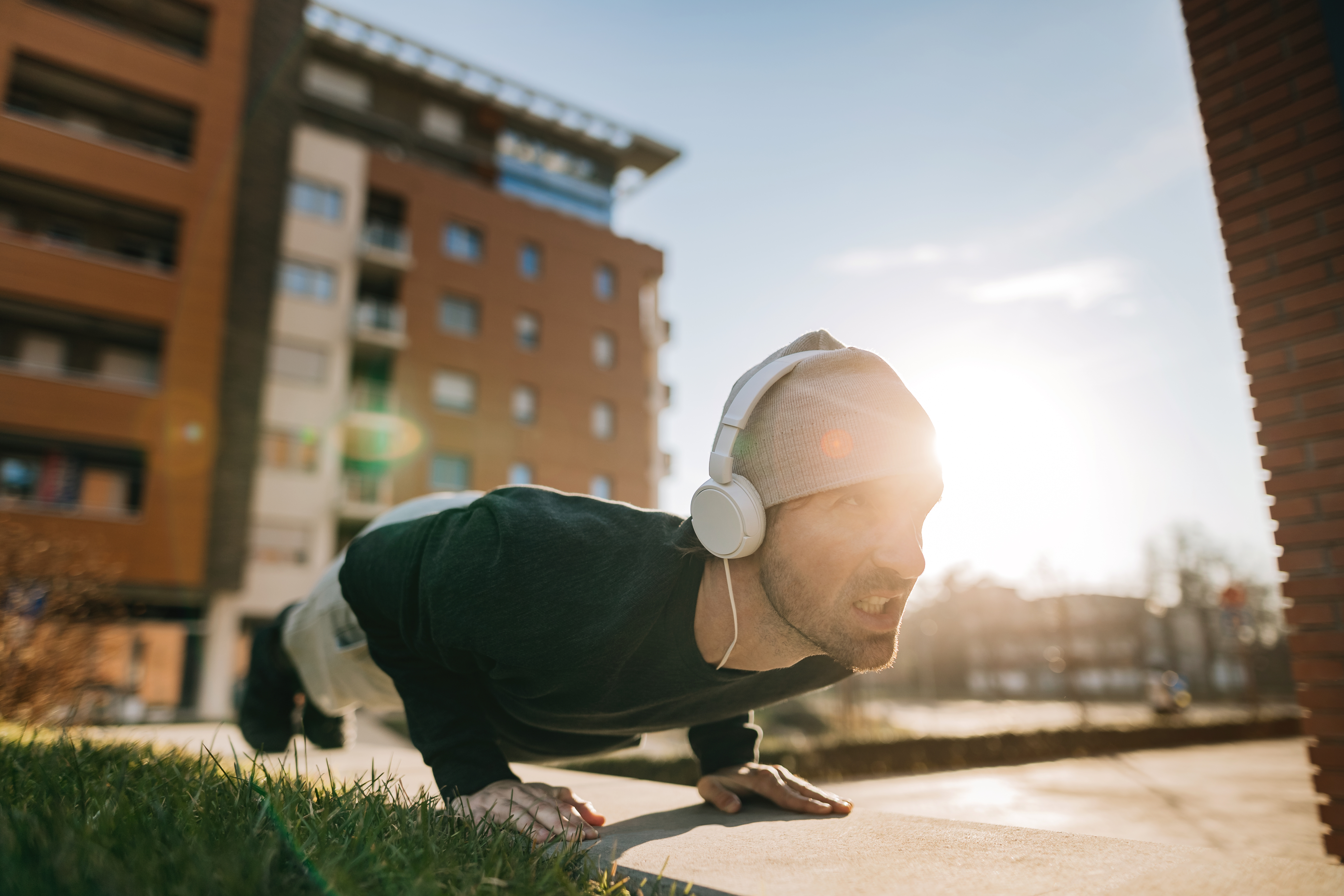
This innovative training method is perfect for gym-free environments and excellent for building strength and endurance, leading to muscle. Instead of fixed sets, you perform reps in ascending order (e.g., 1 push-up, rest, 2 push-ups, rest, 3 push-ups, rest) before either repeating or descending. For example, a 1-5 ladder means you do 1 rep, then 2, then 3, then 4, then 5, for a total of 15 reps. You can do multiple rounds of a ladder, ensuring constant progression and building significant volume without reaching premature failure in any single set.
Build Muscle Anywhere: Your Gym-Free Path to Success

Building muscle without a gym is not only possible but also highly effective when approached with the right strategies. By embracing a holistic approach that incorporates bodyweight exercises, resistance bands, nutrition, recovery, and technology, you create a comprehensive plan that supports rapid muscle growth and overall health. This article has explored 31 powerful strategies, each offering unique benefits and opportunities for customization. The key to success lies in consistency and adaptability, ensuring that your muscle-building efforts align with your lifestyle and goals. By integrating these strategies into your routine, you empower yourself to achieve significant results without the need for a gym. This innovative approach to muscle growth not only enhances physical strength and appearance but also promotes a balanced and sustainable fitness journey. As you embark on this path, remember that the journey is as important as the destination, and each step brings you closer to your ultimate fitness goals.